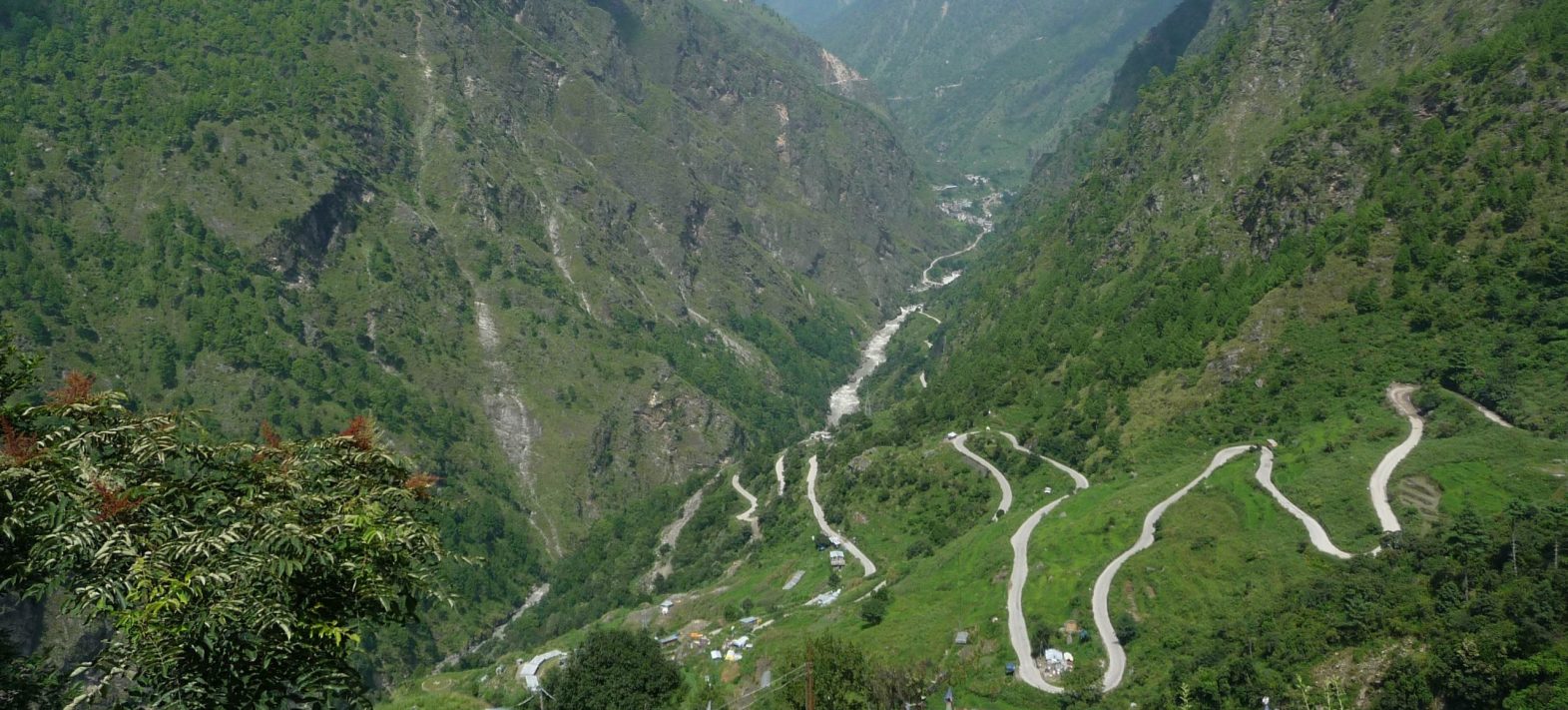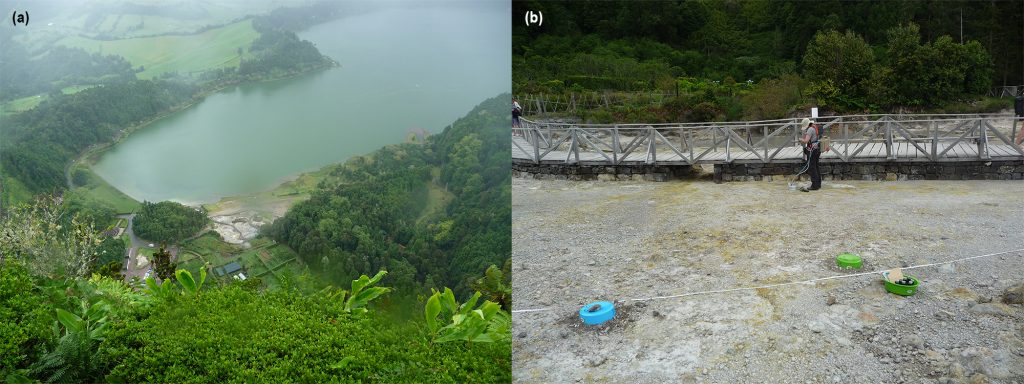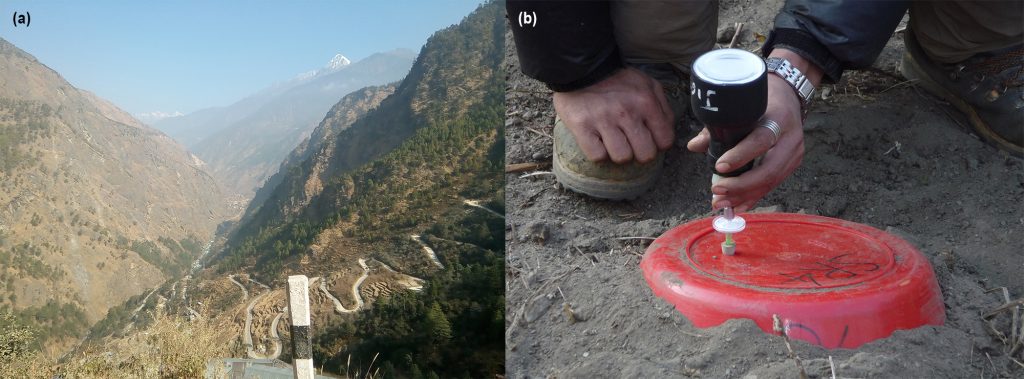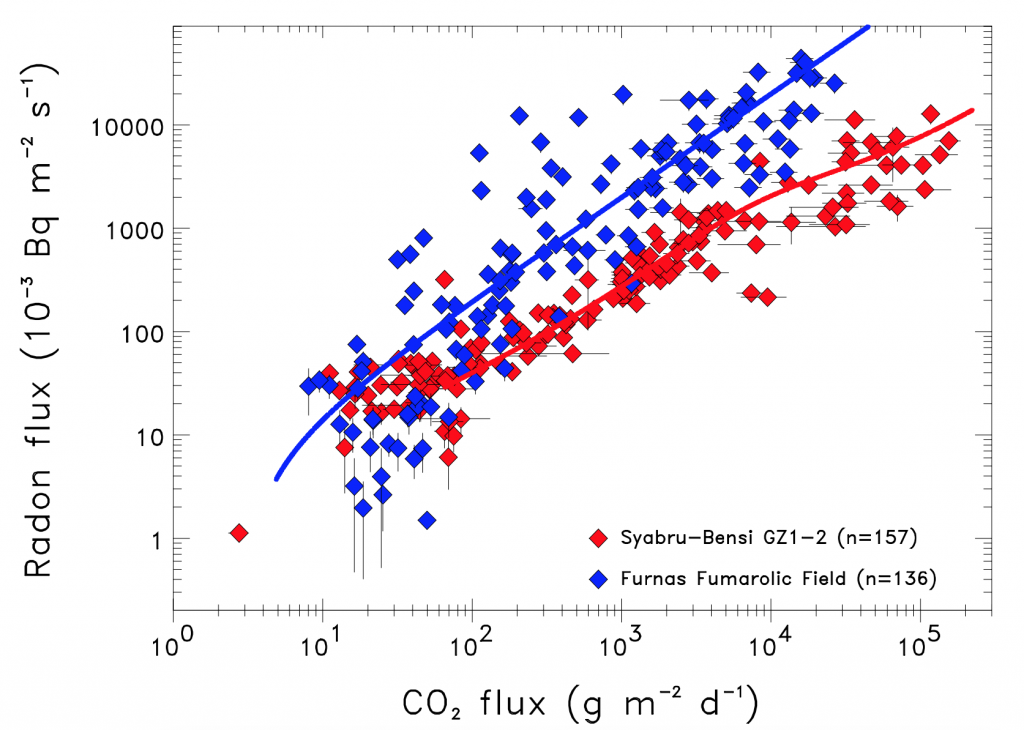Where do geological CO2 emissions come from?
An international team, including researchers from the IPGP, has developed a technique using radon gas to track CO2 emissions observed at the surface, whose origin and mobility remain poorly understood. Studying this CO2 is essential to better predict and assess the seismic and volcanic risks associated with these emissions.

Syabru-Bensi site in the Himalayas of Nepal, with a hydrothermal system marked by CO2 of metamorphic origin










